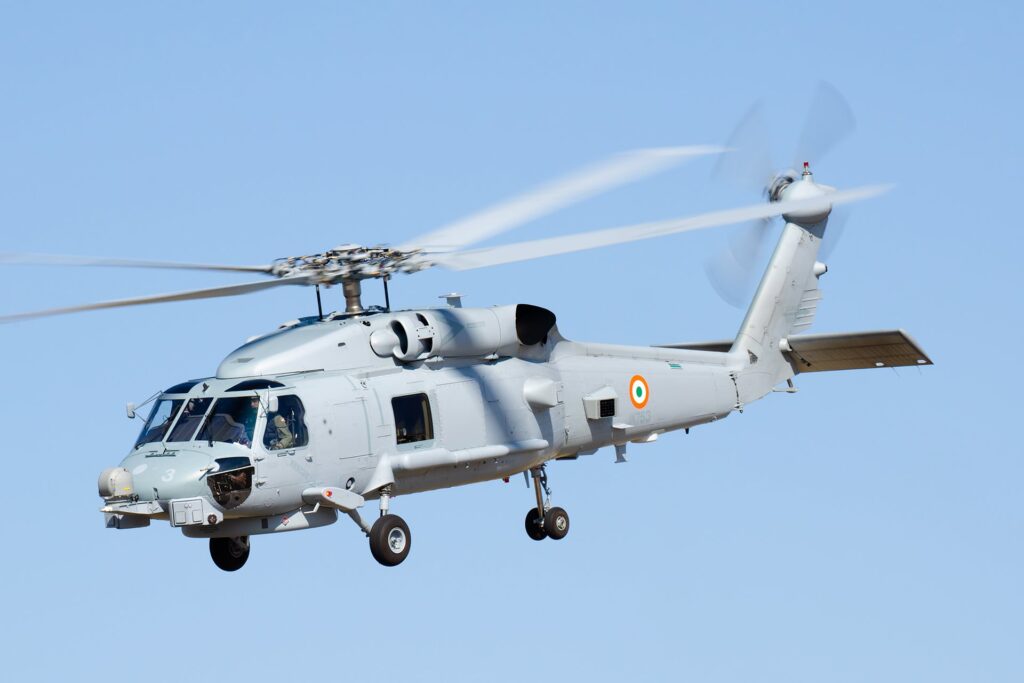This article introduces the topic of military avionics, which refers to the electronic systems used in aircraft. The article focuses on three main components of military avionics: cockpits, radars, and targeting systems. In the section on cockpits, it discusses multi-function displays (MFDs), head-up displays (HUDs), and the Hands-On Throttle and Stick (HOTAS) system. The section on radars covers weather radars, airborne surveillance radars, and ground mapping radars. Finally, the section on targeting systems explores fire control radar, electro-optical targeting systems (EOTS), and targeting pods. The article emphasizes the importance of these components in enhancing situational awareness, efficiency, and precision for military aviation operations.
Demystifying Military Avionics: Cockpits, Radars, and Targeting Systems
Introduction
Avionics, a portmanteau of aviation and electronics, refers to the electronic systems used in aircraft. In military aviation, avionics play a crucial role in providing pilots with the necessary tools to operate their aircraft effectively. This article aims to demystify military avionics by delving into the various components and systems that make up the avionics suite, particularly focusing on cockpits, radars, and targeting systems.
Cockpits: The Pilot’s Domain
The cockpit is the heart of any military aircraft, housing a multitude of displays, switches, and controls that allow the pilot to communicate with and operate the different systems in the aircraft. In modern military aviation, cockpits have undergone significant advancements to cater to the evolving needs of pilots.
Multi-Function Displays (MFDs)
Multi-function displays are one of the most prominent features of modern military cockpits. These high-resolution screens provide pilots with valuable information about the aircraft’s performance, navigation, sensors, and mission data. MFDs offer the flexibility to customize the displayed information, allowing pilots to focus on information relevant to their current mission.
Head-Up Displays (HUDs)
Head-up displays are another crucial element found within military aircraft cockpits. HUDs project vital information, such as attitude indicators, airspeed, altitude, and weapon targeting data, onto a transparent screen in front of the pilot, enabling them to maintain situational awareness while keeping their eyes primarily on the outside environment. This technology reduces the need for pilots to continually look down at their instruments, enhancing their responsiveness in critical scenarios.
Hands-On Throttle and Stick (HOTAS)
The Hands-On Throttle and Stick system allows pilots to control multiple aircraft functions without having to remove their hands from the throttle and stick. Various buttons, switches, and knobs on the throttle and stick are assigned specific functions, such as weapon selection, sensor control, and communication operations. The implementation of HOTAS systems simplifies the pilot’s workload and significantly improves their efficiency during missions.
Radars: Spotting Enemies and Obstacles
In military aviation, radar systems are instrumental in providing pilots with situational awareness, detecting and tracking targets, and avoiding obstacles. Radars use electromagnetic waves to detect objects in the atmosphere, enabling pilots to make informed decisions during their missions.
Weather Radars
Weather radars are essential tools for pilots, particularly during adverse weather conditions. These radars scan the airspace ahead of the aircraft, detecting precipitation, turbulence, and severe storms. By analyzing weather radar data, pilots can adjust their flight paths to avoid hazardous areas, ensuring the safety of the aircraft and its crew.
Airborne Surveillance Radars
Surveillance radars are commonly used in military aircraft to detect and track other aircraft in the vicinity. These radars provide critical information about an enemy’s position, altitude, speed, and heading. With this information, pilots can make informed decisions about engagement, evasion, or conducting reconnaissance missions.
Ground Mapping Radars
Ground mapping radars are designed to provide pilots with detailed images of the terrain below them. These radars are particularly valuable for military aircraft operating at low altitudes or during night missions, where visual observation is limited. Ground mapping radar allows pilots to identify features such as mountains, buildings, and roads, enhancing mission planning and navigation accuracy.
Targeting Systems: Delivering Precision Strikes
Targeting systems play a pivotal role in military aviation, allowing pilots to accurately engage targets and deliver precision strikes. These systems integrate various sensors, such as radars and electro-optical sensors, to track and engage enemy assets effectively.
Fire Control Radar
Fire control radar systems primarily ensure the accuracy of weapon systems. These radars accurately track airborne targets, calculate their motion and velocity, and provide the necessary data for launching missiles or guiding munitions to intercept the target. Fire control radars enable pilots to engage multiple targets simultaneously and increase the probability of a successful engagement.
Electro-Optical Targeting Systems (EOTS)
Electro-optical targeting systems combine advanced infrared sensors with high-resolution cameras to provide pilots with impressive target detection and identification capabilities. These systems are particularly effective in low-light environments, allowing pilots to identify targets based on their heat signatures and visual characteristics. EOTS enhances pilot situational awareness, enabling them to discriminate between hostile and friendly targets.
Targeting Pods
Targeting pods are externally mounted pods that house sensors, cameras, and lasers for target tracking and designation. These pods can be easily attached to military aircraft and provide pilots with real-time target imagery. Targeting pods allow pilots to designate targets accurately, share the data with other aircraft or ground units, and employ precision-guided munitions effectively.
Conclusion
Military avionics, with its multitude of components and systems, significantly contribute to the success of military aviation operations. Cockpits, radars, and targeting systems have evolved tremendously over the years, providing pilots with enhanced situational awareness, improved efficiency, and increased precision. Through continuous advancements in avionics technology, the armed forces continue to push the boundaries of what is possible in the world of military aviation.
